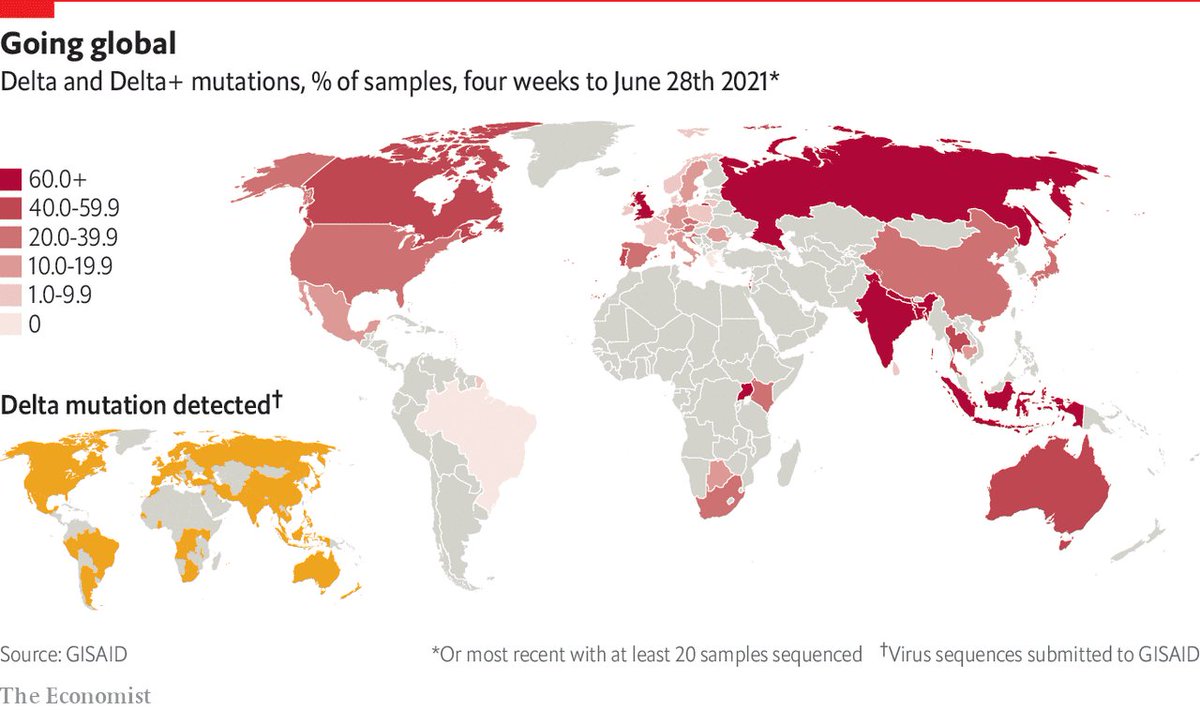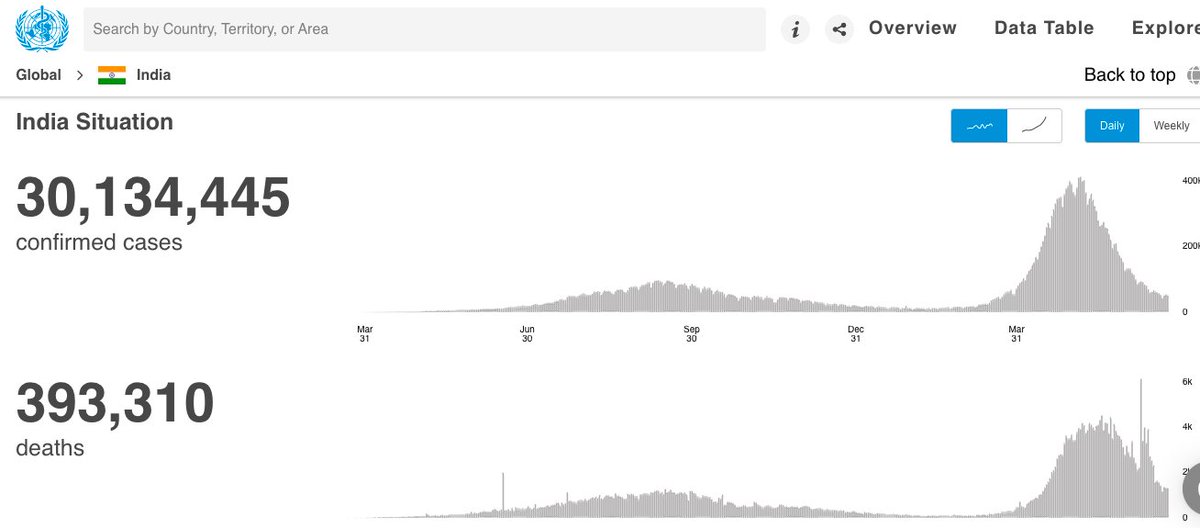
A couple of days back saw the inauguration ceremony of "Asha Nivas" at @ACTREC_TMC by Hon'ble CM of Maharashtra @OfficeofUT @CMOMaharashtra and @sudhamurty in the presence of Shri K N Vyas @DAEIndia and Prof R A Badwe, Director, Tata Memorial Centre. Why is this such a big deal? 







Let me explain-Asha Nivas is a place where patients treated at @TataMemorial and @ACTREC_TMC can stay during their cancer treatment. Consider that 86% of patients being treated by us come from outside Mumbai, 60% from outside Maharashtra, 65% hailing from low socioeconomic strata
Costs of living in a city like Mumbai can often be a bigger deterrent than costs of cancer treatment, with the result that many patients even with curable cancers abandon their treatment. Providing them with a convenient, hygienic and safe place to stay is important
We know from our experience that providing these arrangements to patients work well. @StJudeChildCare has provided similar facilities for children getting cancer treatment (9 cities, 37 centres) and this lowered treatment abandonment rates from 30% to less than 5%! 



While most of us treating cancer focus on the treatment itself, we fail to realize that access & affordability are often not just related to costs of medicines, surgery and radiation
If we are to improve outcomes of cancer care, we need to think and provide solutions holistically
If we are to improve outcomes of cancer care, we need to think and provide solutions holistically
Which is why "Asha Nivas" is such a big deal. Funded generously by Infosys Foundation chaired by Mrs Sudha Murty, this will undoubtedly bring hope & succour to millions of patients over the years
On behalf of all the patients who will benefit, we are very grateful for the support
On behalf of all the patients who will benefit, we are very grateful for the support

• • •
Missing some Tweet in this thread? You can try to
force a refresh












